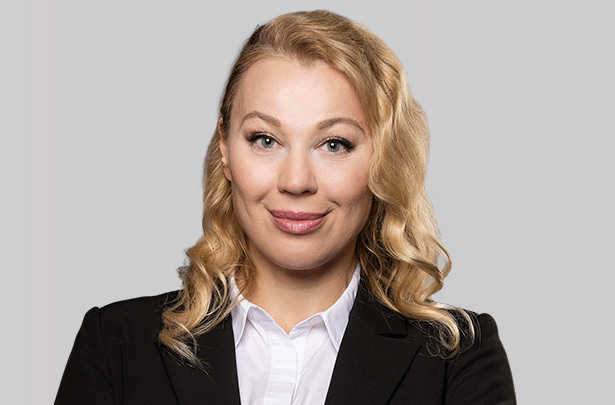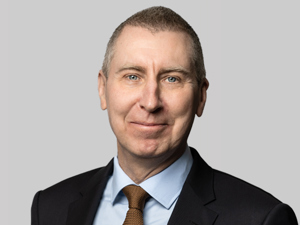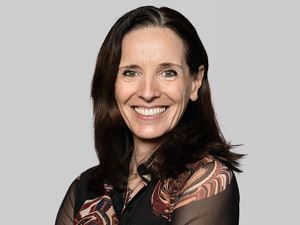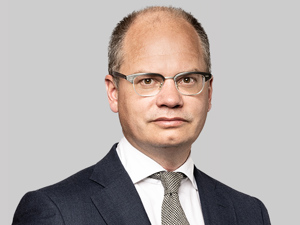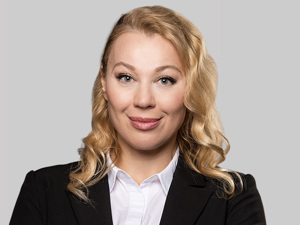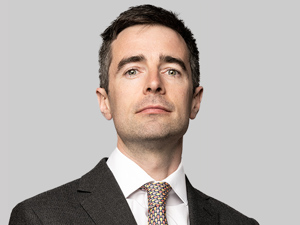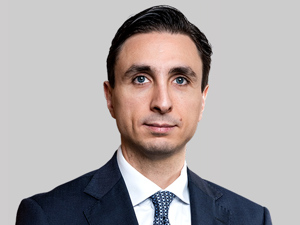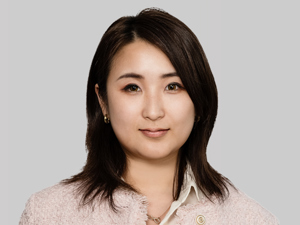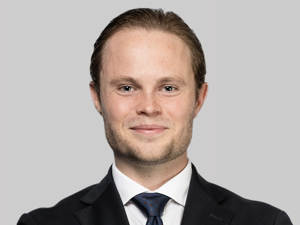East Capital New Europe fund gained 3.8% during the quarter, underperforming the benchmark by 2.3%. We generated alpha in Greece, Hungary, and Austria, but lost it in Turkey and Poland. The key movements across our markets were the strong performances of Slovenia (+14%), Romania (+13%), Greece (+12%), Turkey (+8%), while Poland posted a flat performance.
On the macro front, Poland’s GDP growth accelerated to 3.4% YoY in Q2, with expectations of ca 4% in Q3, driven by a strong rebound in private consumption (+4.4% YoY). The Polish Monetary Policy Council (MPC) cut rates to 4.75%, its third cut in five months, citing soft inflation despite fiscal risks. The government proposed a 2026 budget with continued large deficits. The new president vetoed six bills, signalling a polarised political landscape ahead of the 2027 elections. Defence spending is projected to reach 4.7% of GDP, the highest in NATO. In Hungary, the economy remained sluggish, with weak external demand and cautious consumers. The government’s reliance on the car/battery sector and inability to reignite growth weighed on sentiment. Inflation was 4.3% YoY, in line with consensus, and the Hungarian central bank kept its base rate at 6.5%, maintaining a cautious stance amid geopolitical and trade policy risks. Momentum stalled on the peace negotiations between Russia and Ukraine.
The key contributor to the quarterly relative performance was Greece, where we generated 40bps of alpha. The Greek market was up 12% in Q3 2025 and almost 80% YTD, as the economy maintained solid momentum. Greek GDP growth is projected at 2.2% for the year, driven by resilient domestic demand, tourism, and investment supported by EU funds. Inflation moderated to around 3.1%, and the government continued its fiscal outperformance, achieving a primary surplus of approximately 3.5% of GDP.
The best performer was Metlen, which rallied following its long-awaited relisting on the London Stock Exchange, broadening its access to international investors and potential index inclusion. We remain positive on its medium- to long-term outlook, supported by ambitious growth plans and new projects in energy, defence and strategic metals. While we acknowledge the execution risks of this strategy, we find the current valuation around 10x P/E attractive versus European industrial peers trading at 23x, given the company’s solid fundamentals and strong earnings potential.
We also travelled to Greece in August, a trip that confirmed our positive view of the market. Optima bank continued to outperform, and was up 25%. The company maintains the highest ROE among European banks, at 24%, and is expected to have an EPS CAGR of 19% at 2026e P/E 9x, which is very attractive compared to the much lower growth of other banks. We kept our position in Optima, but sold some outperforming, lower-growth Greek banks, and picked up the cheapest bank at the moment – Piraeus - trading at just 1x book value and 6.9x P/E.
We saw 26bps of positive alpha from Hungary, with the market gaining 6%. Among our holdings, OTP Bank gained 9% on the back of good numbers and a continued attractive valuation, as the bank trades at 7.2x P/E, 1.3x P/BV, with 20% ROE for 2025.
When it comes to other countries, we achieved 22bps of alpha on Raiffeisen, with the stock price up 13%, on the back of better-than-expected results. Moreover, the stock is among those that could benefit in the case of an end to the war in Ukraine or any ceasefire, with potentially less pressure related to Russian exposure from regulators and/or an easier path to disposal of Russian operations. The company (ex-Russia) trades at 7.4x P/E, 0.65x P/BV, with 9% ROE for 2025, and we see potential for further rerating as any equity release from Russia would mean a significant upside.
Despite a 14% rally from the Slovenian market, we had negative 2bps of alpha for the period. Our only holding, NLB (bank), recorded a strong 18% price performance, adding 15bps of alpha and remains one of our preferred positions, supported by solid growth prospects in the region and an attractive valuation. On the other hand, we lost 15bps of alpha on our underweight position in Krka (pharmaceutical), with the stock up 15% for the quarter. We maintain our underweight position, as we consider the valuation to be full and the upside limited.
The Romanian market bounced back in Q3 2025 after a weaker 2Q. However, the rebound happened in some of the state-owned energy companies that had underperformed earlier during the energy price regulation, and as energy companies bounced, we recorded a negative 30bps alpha in Romania. We continue to invest in long-term high-value-adding stocks with private ownership and high return on capital, like Banca Transilvania and MedLife.
The weakest relative performance came from Turkey, where our holdings underperformed the benchmark. The market remains weak and flat year to date compared to other Eastern European markets. Earnings momentum among companies is still subdued, and margin pressure persists, especially in consumer sectors. Inflation-adjusted profits for non-bank companies declined by 11% year-on-year, while banks faced lower net interest income and lacked the trading gains seen in the first quarter. Despite a supportive macro backdrop, with 4.8% GDP growth, high interest rates and cautious investor positioning limited any equity upside. Hopes for a strong recovery in H2 2025 were shattered by a negative surprise in the September inflation print, reducing expectations for 2025 rate cuts (down to 250bps cuts by the end 2025 instead of 450bps), this is negative for banks and all companies reliant on capital for growth and suffering from the 41% interest rate. We lost some alpha by not owning a few stocks that did well during the quarter, however we do not see them as attractive long-term investments, such as the refinery Tupras still getting the bulk of its feedstock form Russia. Our positions in Mavi and Akbank suffered in the high interest environment, declining 18% and 13% respectively, while Do&Co, continued its strong run, up 25% on solid earnings growth and continued expansion in its airline catering business.
The second-worst attribution was recorded in Poland, with negative 56bps. The market was flat during the period, but we saw very divergent performances from specific stocks. Among the best attributors was Diagnostyka, up 13%, continuing its post-IPO rally on the back of strong numbers and the attractive profile of the company (laboratory diagnostic market leader in Poland). We continue to like the name, while the stock trades at 11.8x EV/EBITDA, with 22% YoY EBITDA growth for 2025. Among our consumer names, we saw LPP rallying 17%, adding 21bps of alpha, while CCC was down 15% and deducted 31bps of alpha. Both companies guided to strong back-to-school sales, which should bode well for quarterly results. At the same time, both companies are proceeding with very fast and ambitious store rollouts (+30% YoY selling space expansion in ’25), which may burden results in the short term and pose risk of not delivering. We continue to like both companies, which trade at 8.6x EV/EBITDA, with 13-18% YoY EBITDA growth expected in 2025. Another name that corrected during the period was Dino, with the stock price down 18% on the back of lower LFL guidance and cold weather pointed out by the company, which may put further pressure on comparable stores’ sales. We remain confident that the company can reaccelerate store openings, and short-term pressure on LFL should not impact long-term perspectives for the stock. The name trades at 15.7x EV/EBITDA, with 20% YoY EBITDA growth in 2025. We gained some alpha on correction among names we do not own (Santander PL, CD Projekt, PGE), as we observed some profit taking among them after solid performance YTD.
On the negative side, we lost 28 bps on Budimex as delays in public infrastructure tenders and EU spending have not increased backlog yet. We believe that eventually those investments will materialise, and Budimex, as the largest listed construction company, will benefit from them. During the quarter, we also saw continued strong performance among two names we are underweight in: KGHM (+24%) and Orlen (+11%). For KGHM, the move was supported by an increase in the copper price on the back of mine closures globally increasing the risk of a copper market deficit. For Orlen, better refining margins and further changes on the management board - with a CFO who’s well regarded among financial investors coming back - may be supportive of the stock price. Fundamentally, we do not like both names, and will remain UW, with high CAPEX programs and negative FCF (Orlen) and no and/or low dividends (KGHM) expected for the coming years.
We remain optimistic and continue to look for the best selection of high-quality stocks, with growth and strong balance sheets. East Capital New Europe fund is trading at 9.7x P/E, with 9% YoY earnings growth, and is offering 5% dividend yield for 2025. We believe a potential end to the Russia/Ukraine conflict would further lower risk premiums/yields and support equities in the region.
Performance in USD net of fees.
This publication is not directed at you if we are prohibited by any law in any jurisdiction from making this information available to you and is not intended for any use that would be contrary to local laws or regulations. Every effort has been made to ensure the accuracy of the information, but it may be based on unaudited or unverified figures or sources. The information should not be used as the sole basis for an investment. Please read the Prospectus and the KID, which are available on the fund page.

